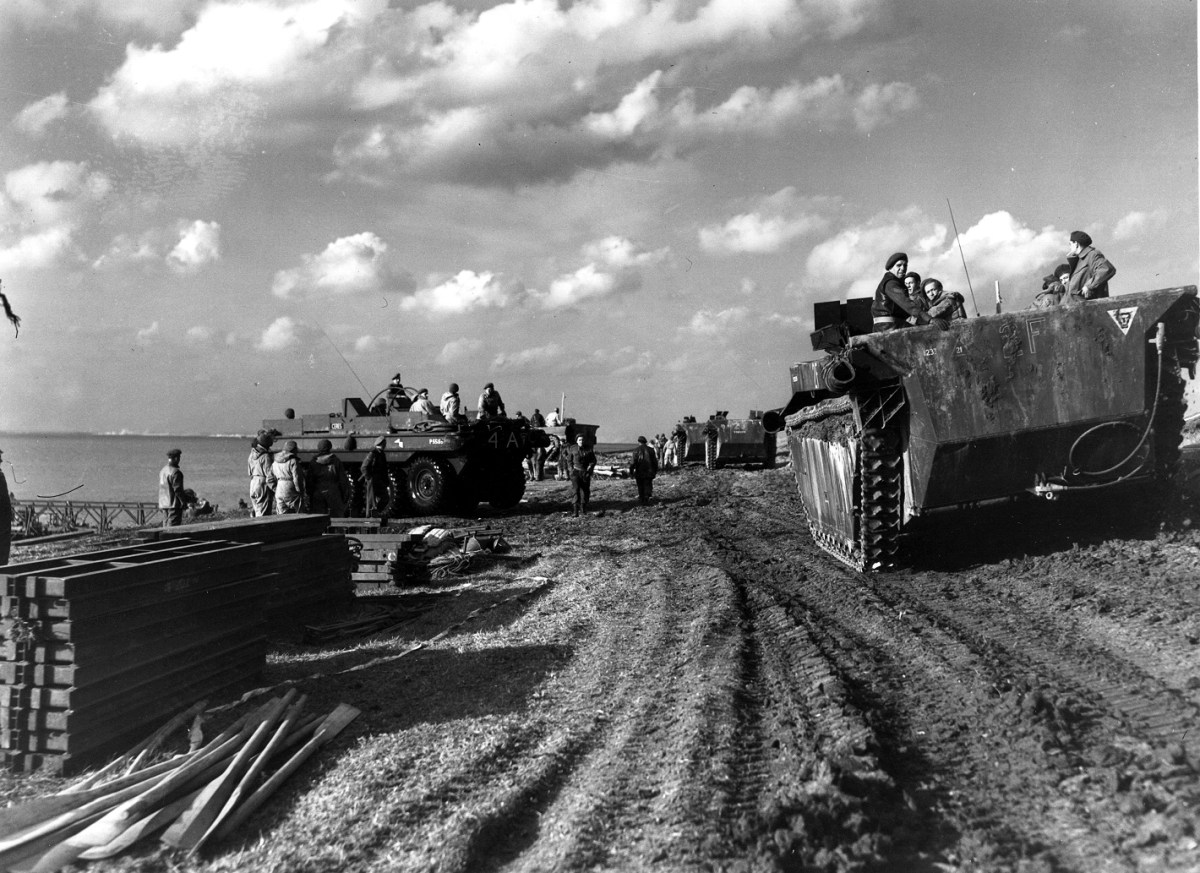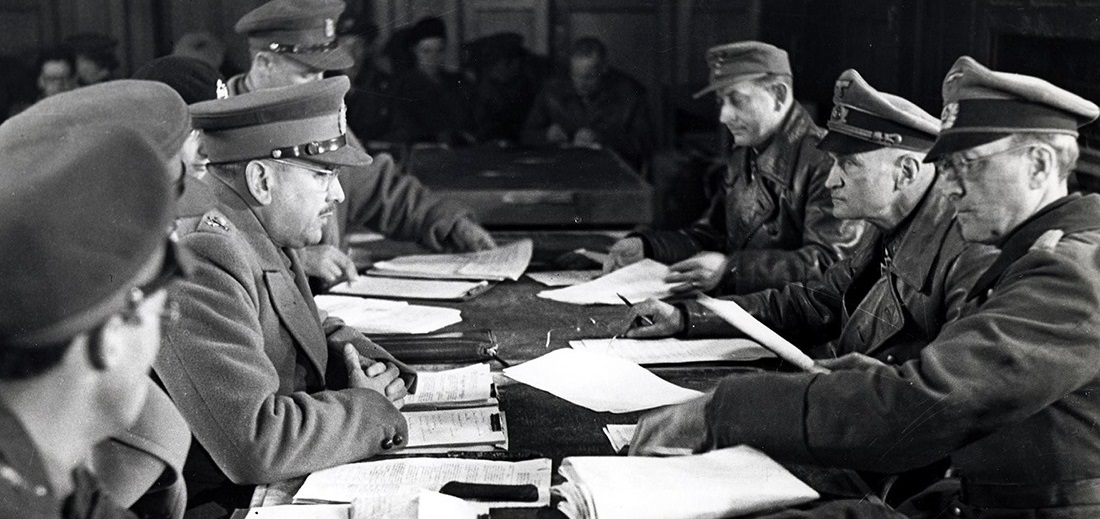On this day 75 years ago, 5 May 1945, The Netherlands was finally freed from Nazi occupation after almost exactly 5 years of occupation. The Netherlands was invaded on 10 May 1940, and fell to the German forces 5 days later – making it and Norway two of the countries that were occupied for the longest period of time during WWII.

The campaign for the liberation of the Netherlands was also very lengthy – lasting from September 1944 through April 1945 – and saw the Dutch civilian population suffer terrible food shortages and other deprivations at the hands of the occupying German forces. The Germans themselves were in pretty desperate straights as they were basically cut off from reinforcements and resupply after the failed Ardennes Offensive in the winter of 1944.

Despite the shortages of supplies and reinforcements, the German Army in the Netherlands and Belgium fought stubbornly until the very end. The First Canadian Army played a major role in defeating them and liberating large areas of territory in both Belgium and the Netherlands, culminating in the Canadians accepting the unconditional surrender of German forces in the Netherlands on this day 75 years. More than 7,600 Canadians died during the eight months it took to achieve that victory.

The civilian population of the Netherlands suffered even worse – especially during the “Hongerwinter” (literally: ‘hunger winter’) famine during the winter of 1944-45 when the German occupiers cut off all food and fuel shipments to the western provinces of The Netherlands. The occupation forces cut off supplies to the country in retaliation for a general strike that had been called for by the Dutch government in exile in late 1944. Estimates of civilian casualties during the Hongerwinter range from 18,000 – 30,000 dead.
